
Adopting a cat involves accepting responsibility, which includes feeding, grooming, and cleaning up after them. Since cats don't think like humans, patience is crucial.
Additionally, it's important to entertain them as they entertain you; they are like babies and should not be treated like toys.
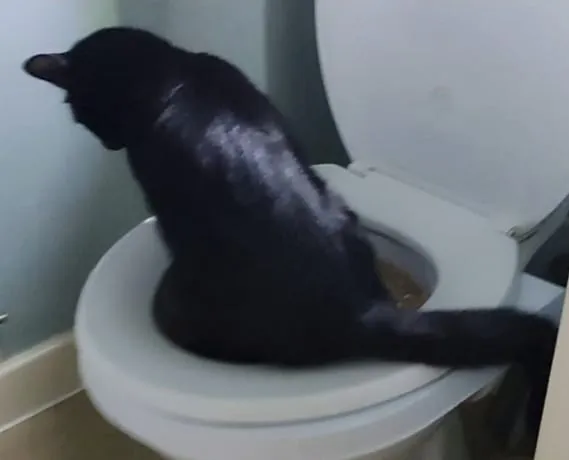
One thing I was pleased I did was toilet-train my first cat, Coco, to use the toilet seat. From that time, I was freed from cleaning the litter tray every morning.

But I adopted another cat, Blu. He is not yet trained to use the toilet seat.
I want to use natural litter because I don't like the toxic chemicals and scents in commercial litter to mask the smell. The poisonous chemicals in them are dangerous to cats and humans alike. So, I usually use oats. It is cheaper than natural commercial litter, which is rocketing in price.
The self-cleaning automatic cat litter boxes are expensive, but they do not let you avoid washing them by hand and disinfecting them often. It is harder to clean the little corners with poop stains after tumbling them around during straining; I'd rather scoop them out of the litter tray and flush them away from sight. I don't find them user-friendly; if the machine breaks, cat poo will be everywhere, and the thought of having a pile of poo in its drawer/bin will probably drive me insane.
Hands are the best tool, so let's accept that we need to use our hands to clean; there are no shortcuts. Cleaning every day is best.
So, while waiting for Blu to be ready for toilet seat training, the solution is to make a better indoor litter tray designed for his needs.
Here it is.
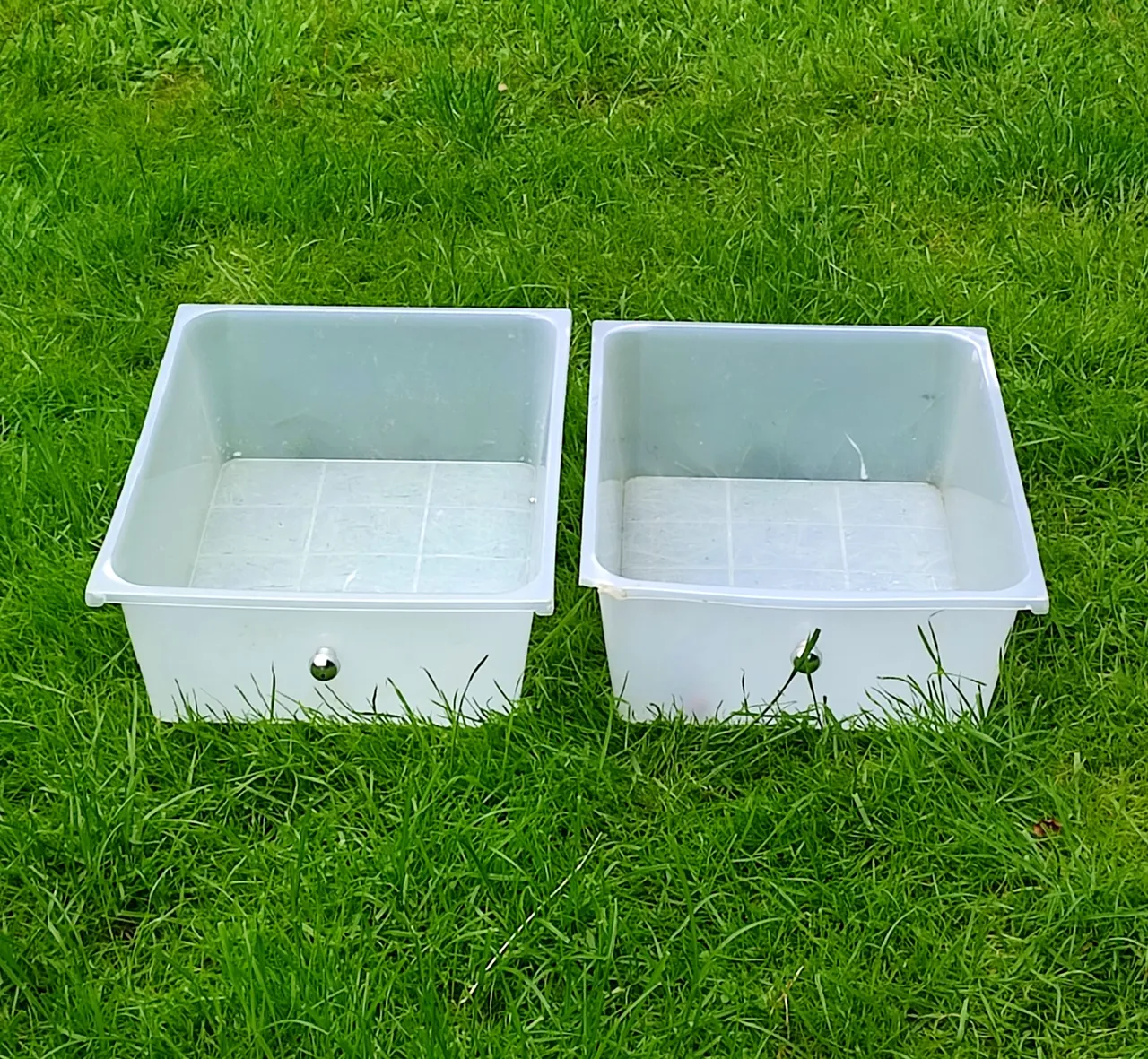
I have 2 shallow Trays. They are old plastic drawers that are not being used.
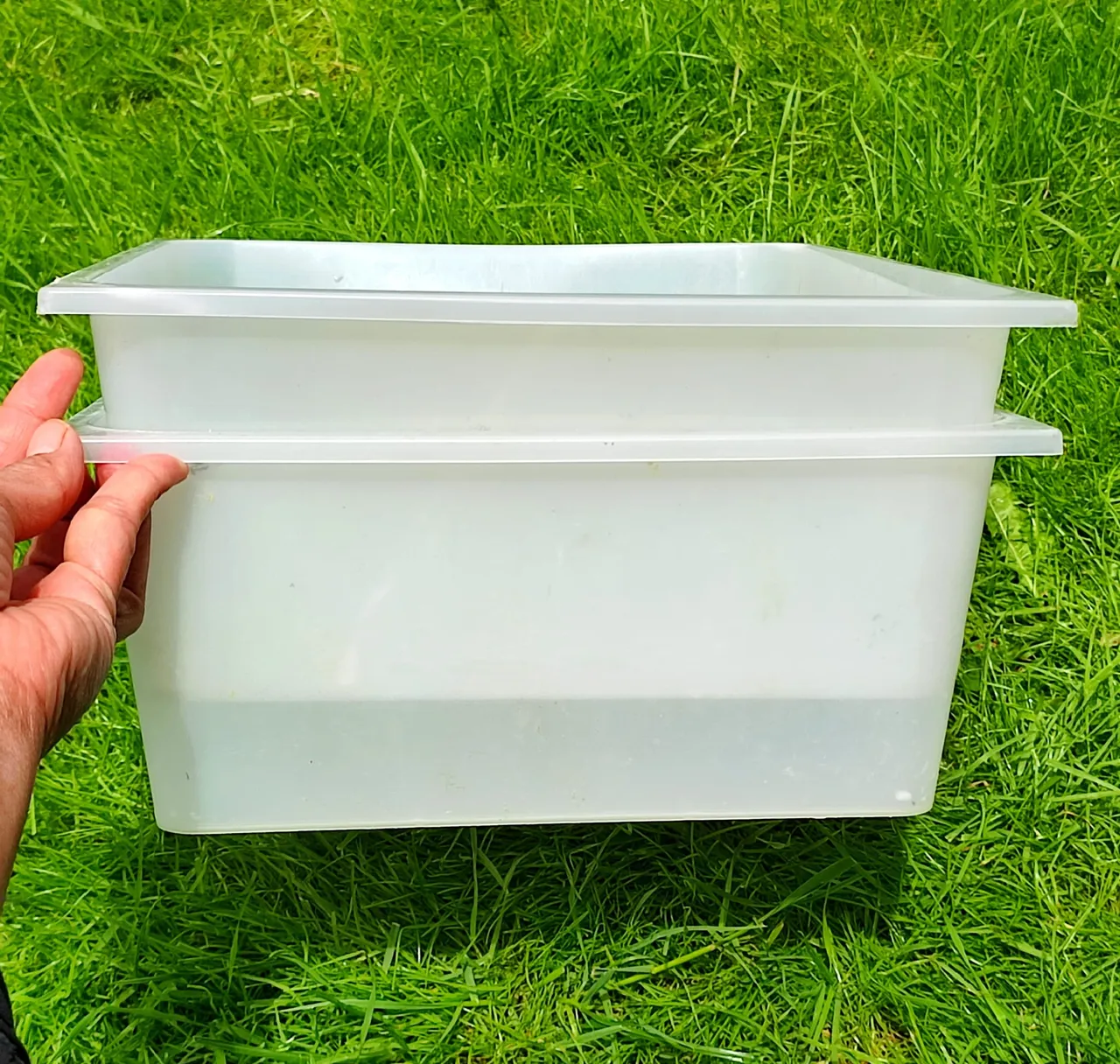
One fits securely on top, leaving a space underneath between them.
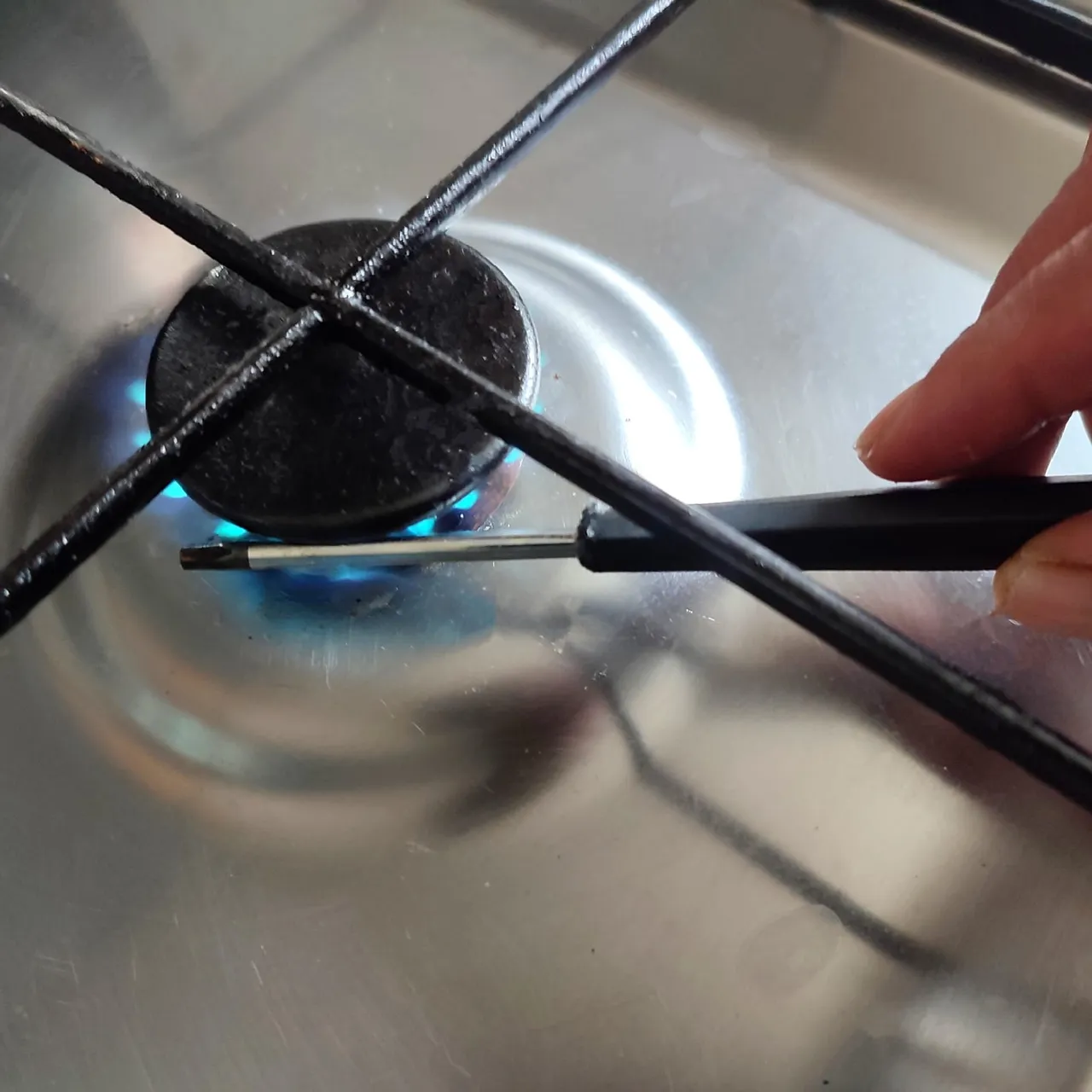
I tried drilling holes in the top bin. but it was slippery, so I used a heated-up thin screwdriver.

I gently placed it on the surface with a gentle push, and it went through easily and could make a few holes in one heating. But be very careful, as it is hot and can scald you.
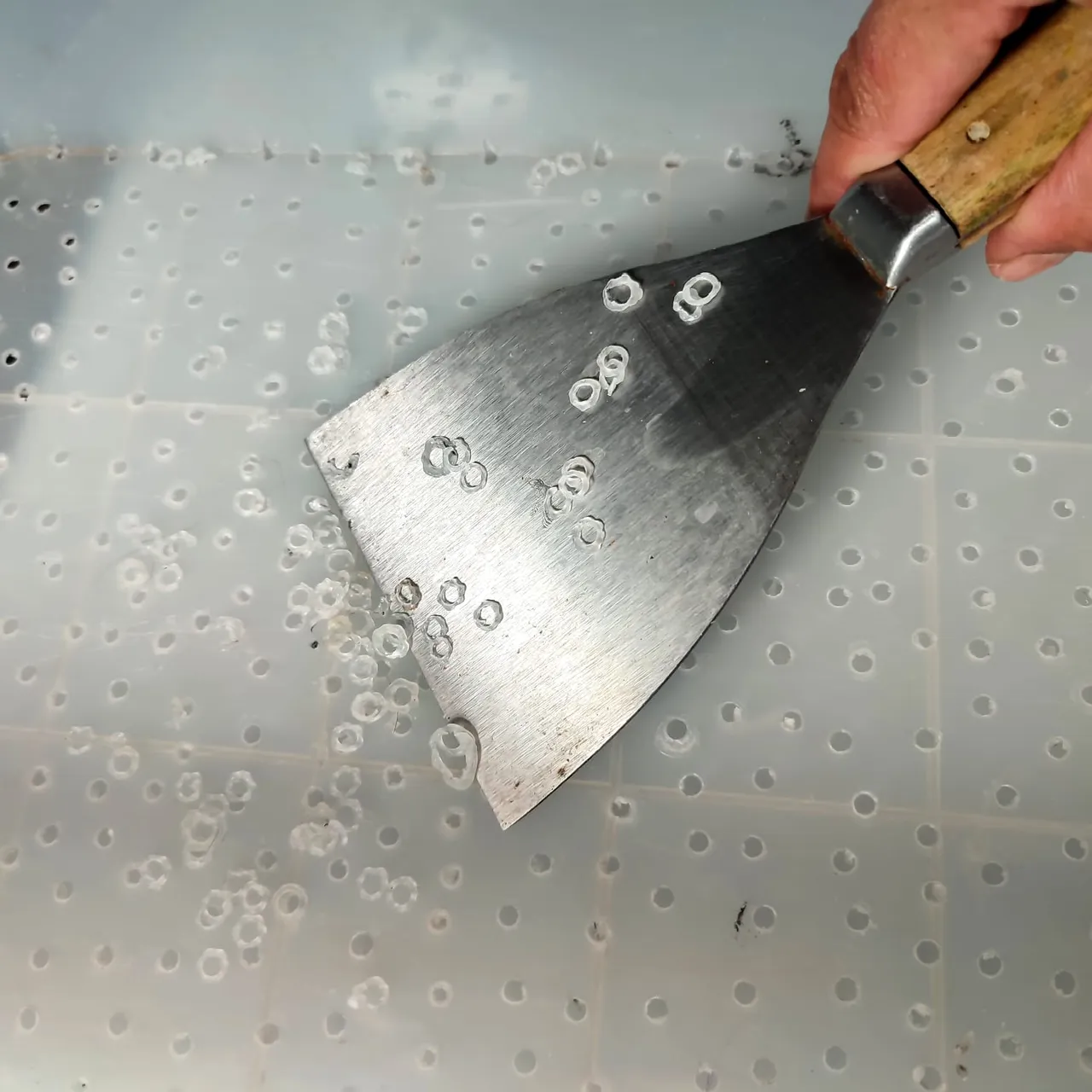
I scraped the top to remove the excess burnt plastics.

Also, scrape the bottom so there are no sharp bits.

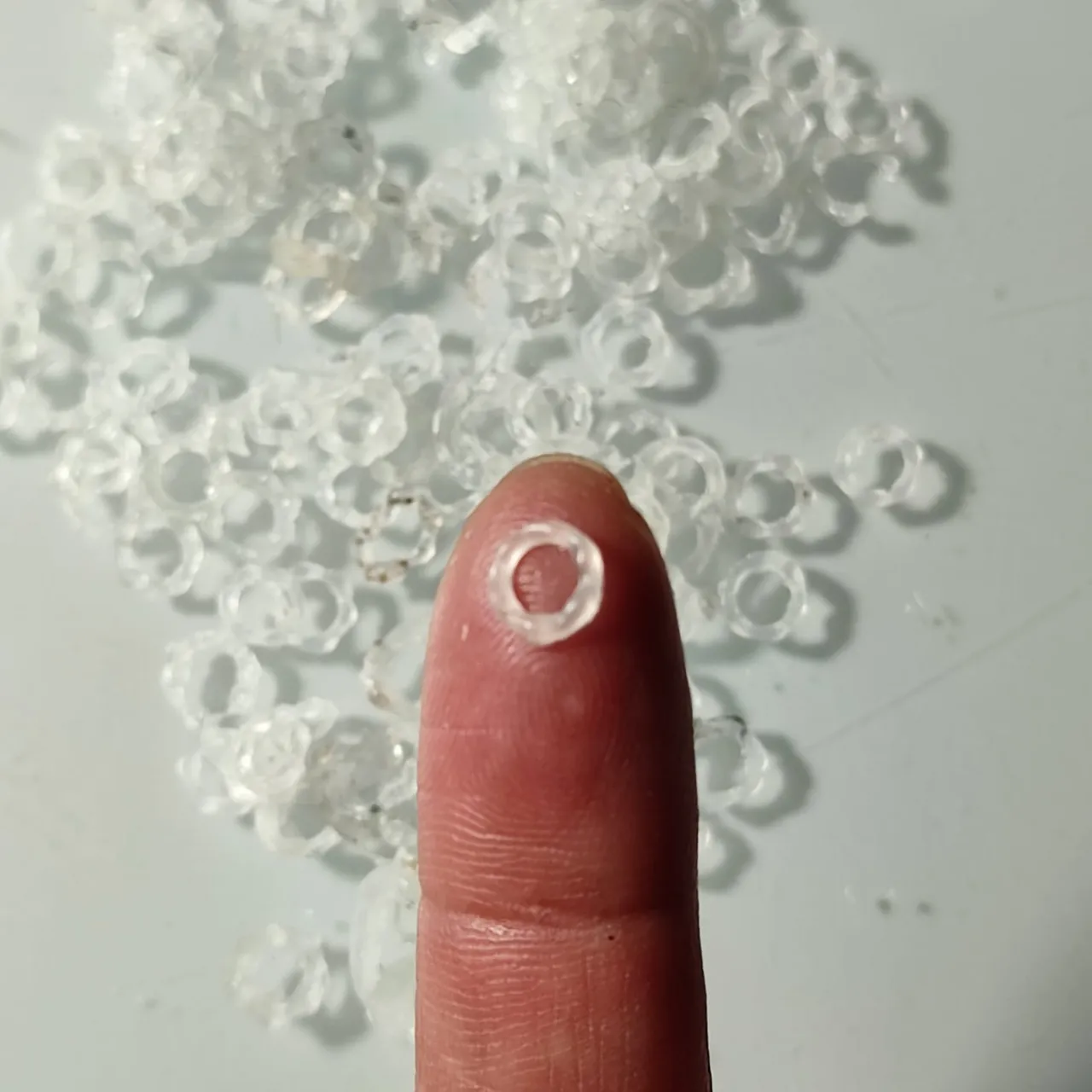
I was amazed that it formed rings.

I will keep them to use in crafts.

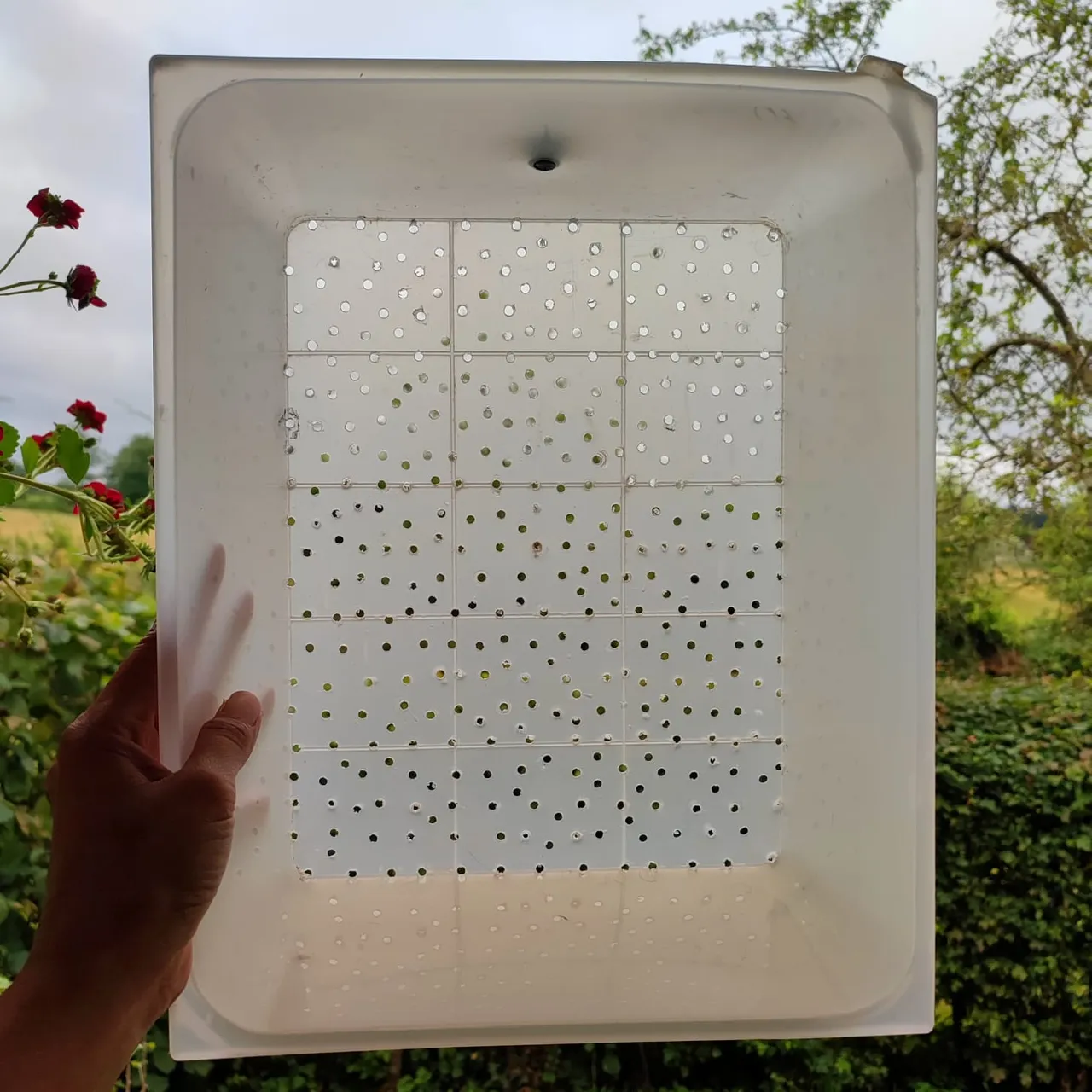
I made as many holes near each as possible to keep liquid in smaller areas and straight down the holes.


To set up, I placed absorbent cardboard underneath.
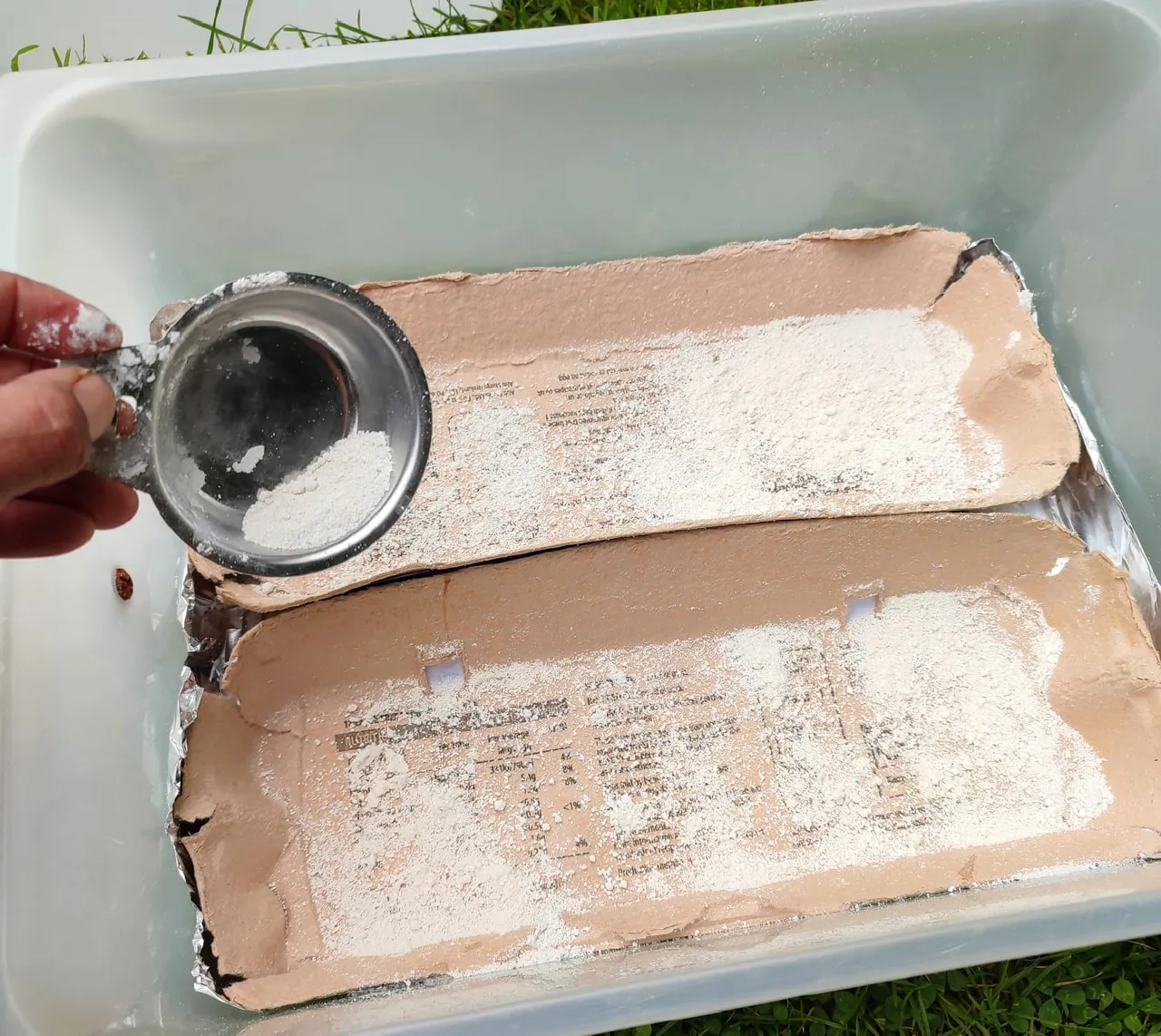
And sprinkled food-grade diatomaceous earth, a natural deodorizer and disinfectant. Bicarbonate of soda also works well.
If you prefer, you can add a lining and use any absorbent material. I also had thought of putting just water and bleach, but the cat may not like the smell.

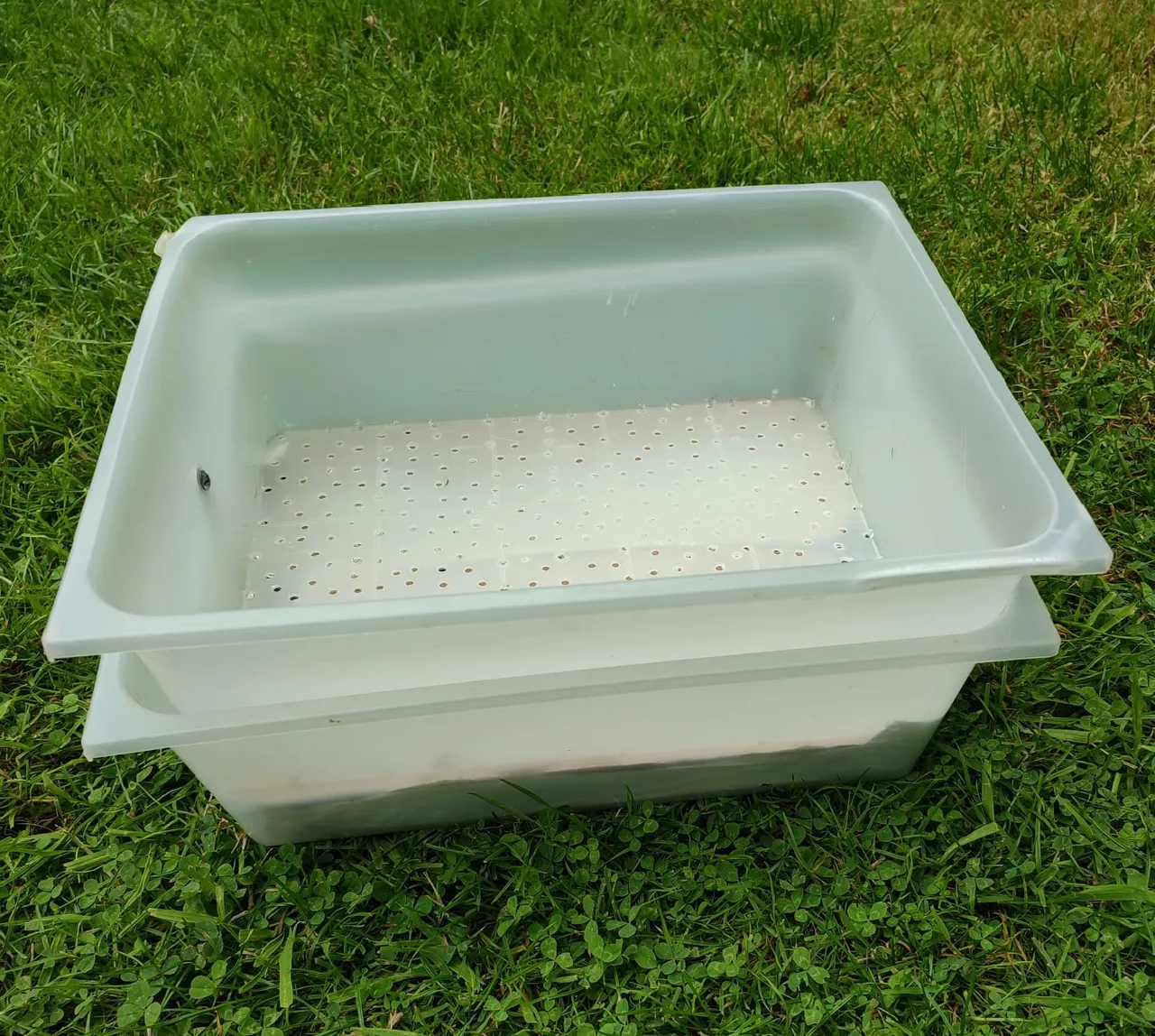
After that, place the tray with the holes on top.

Add the litter to the top tray with some bicarbonate or diatomaceous earth.
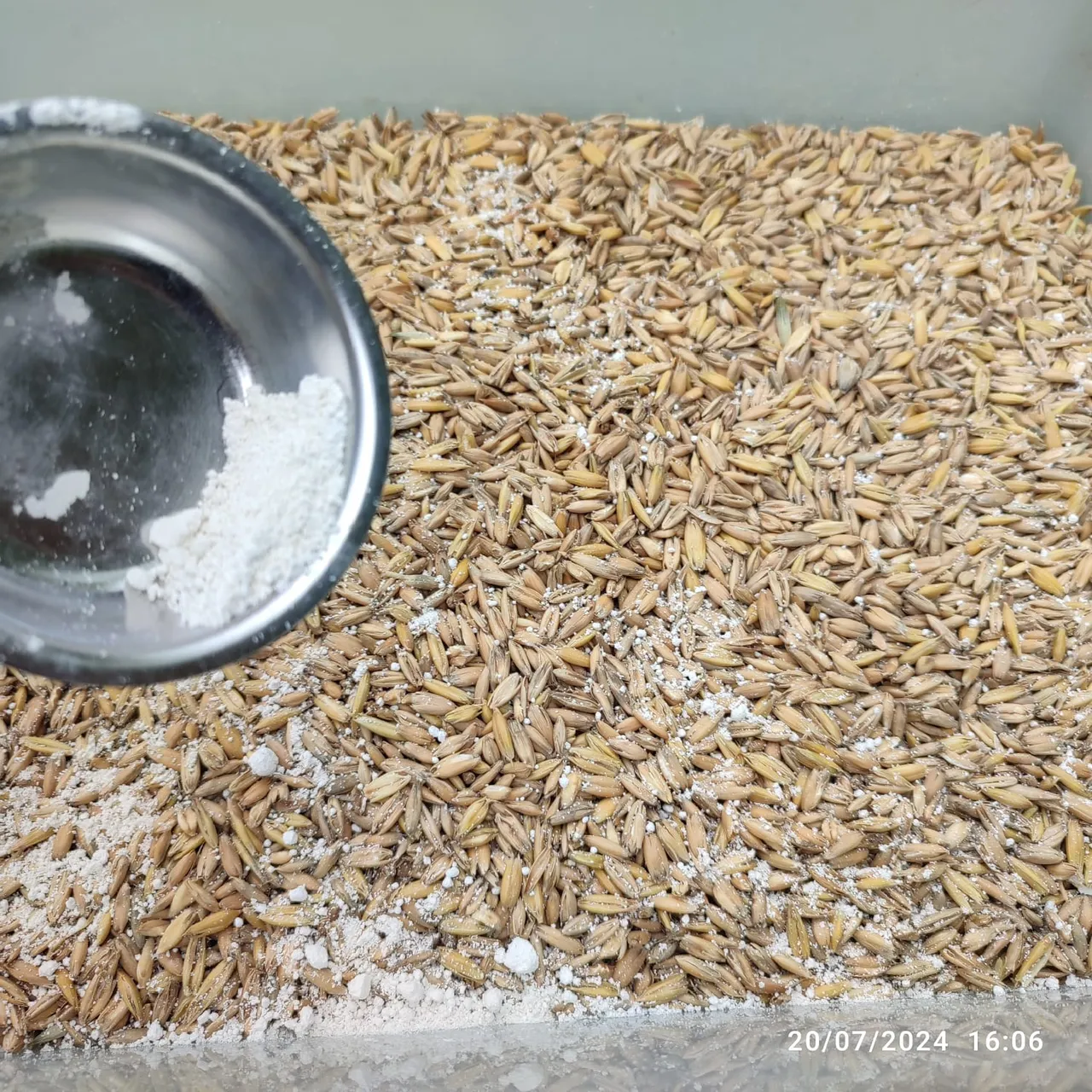
This design is also suitable for reusable litter beads you can purchase online. You can use any leaf litter, paper, or wood shavings. But I like to use oats; they don't absorb very quickly, and there's time for the urine to seep underneath, leaving the litter dry. Oats are also flushable.
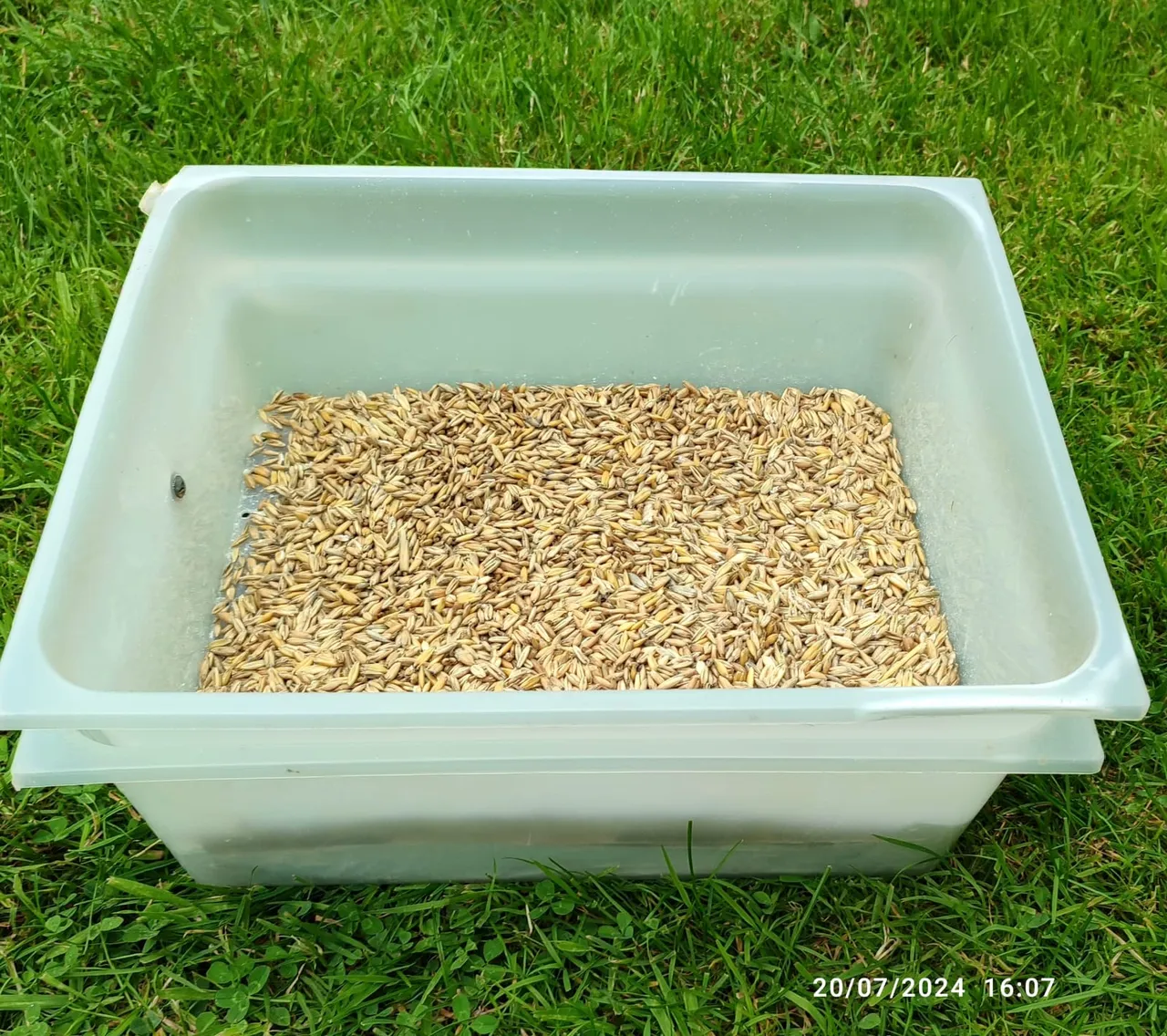
This was all done today.

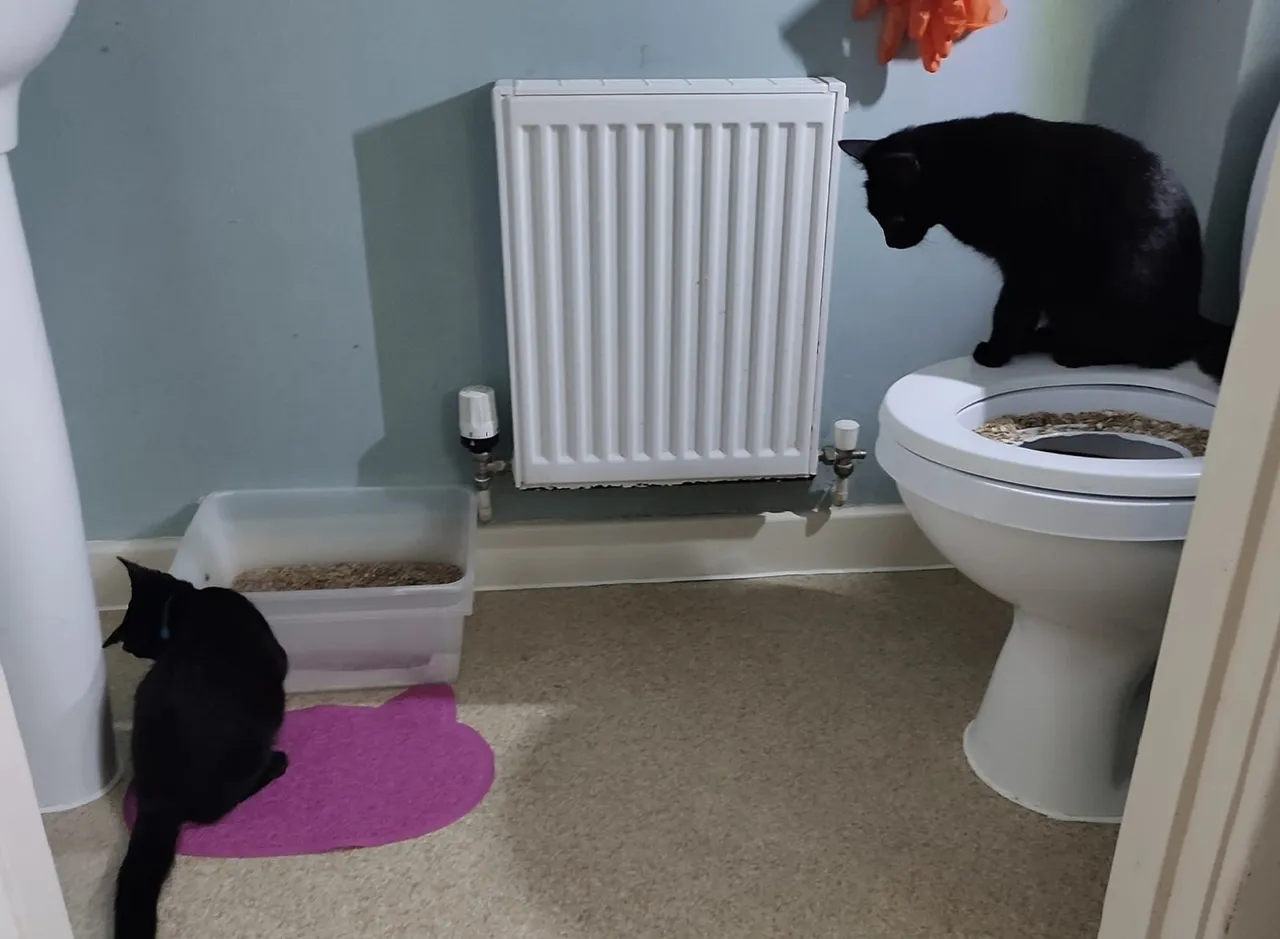
Blu seems to love it, and Coco is tempted to use it. They now own this little toilet. A cat toilet! 😺
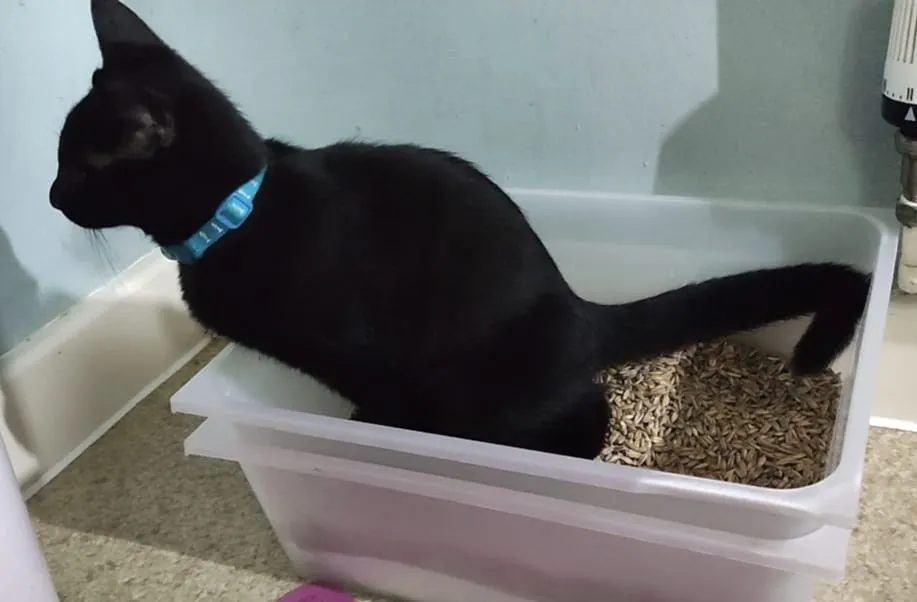
Blu had tried it the first time.

I checked as soon as he finished. I was impressed and pleased by how the weewee went straight underneath; the oat was hardly wet.
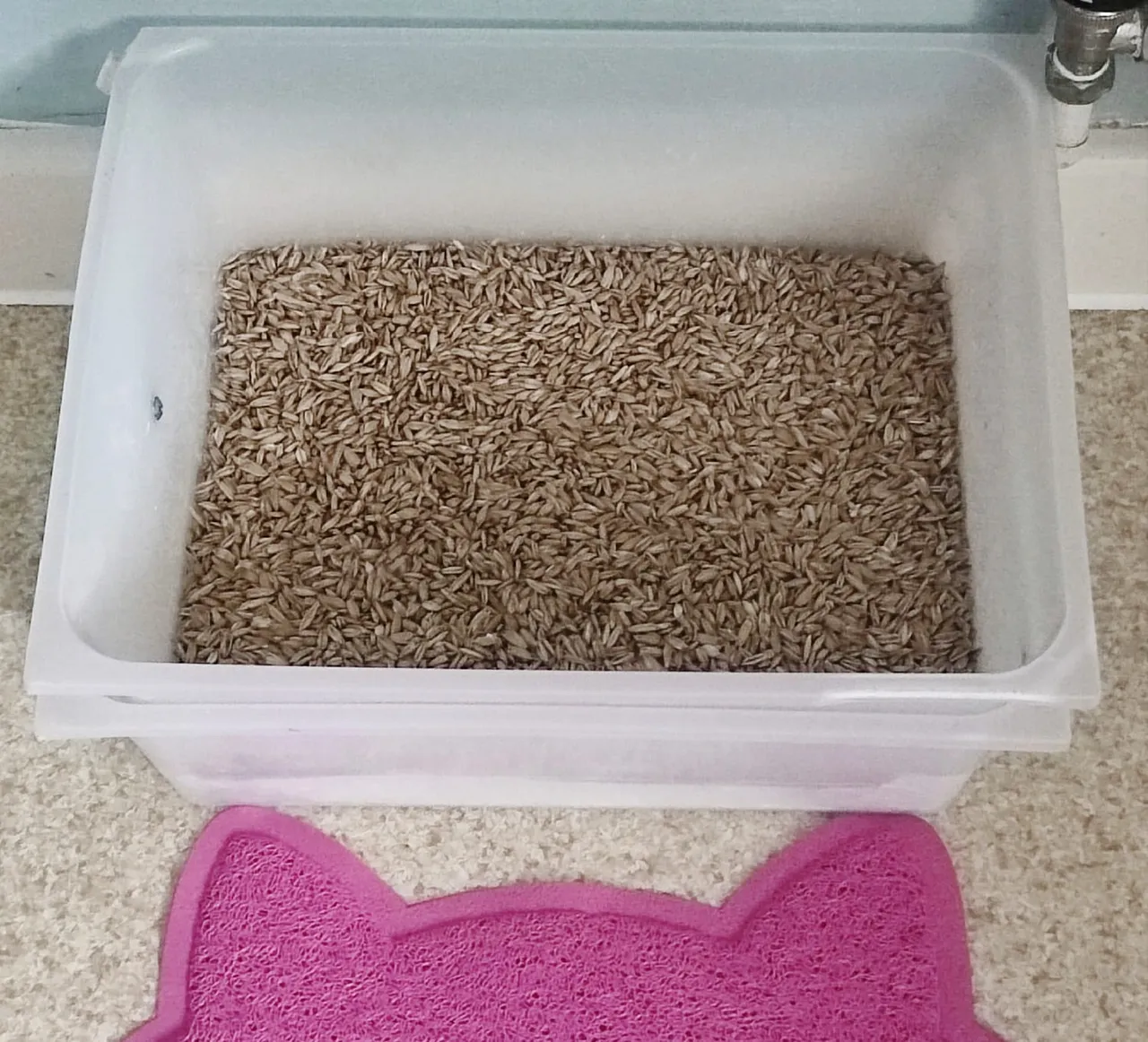
I am very pleased to have made this—it is eco-friendly, practical, economical, efficient, and more hygienic.
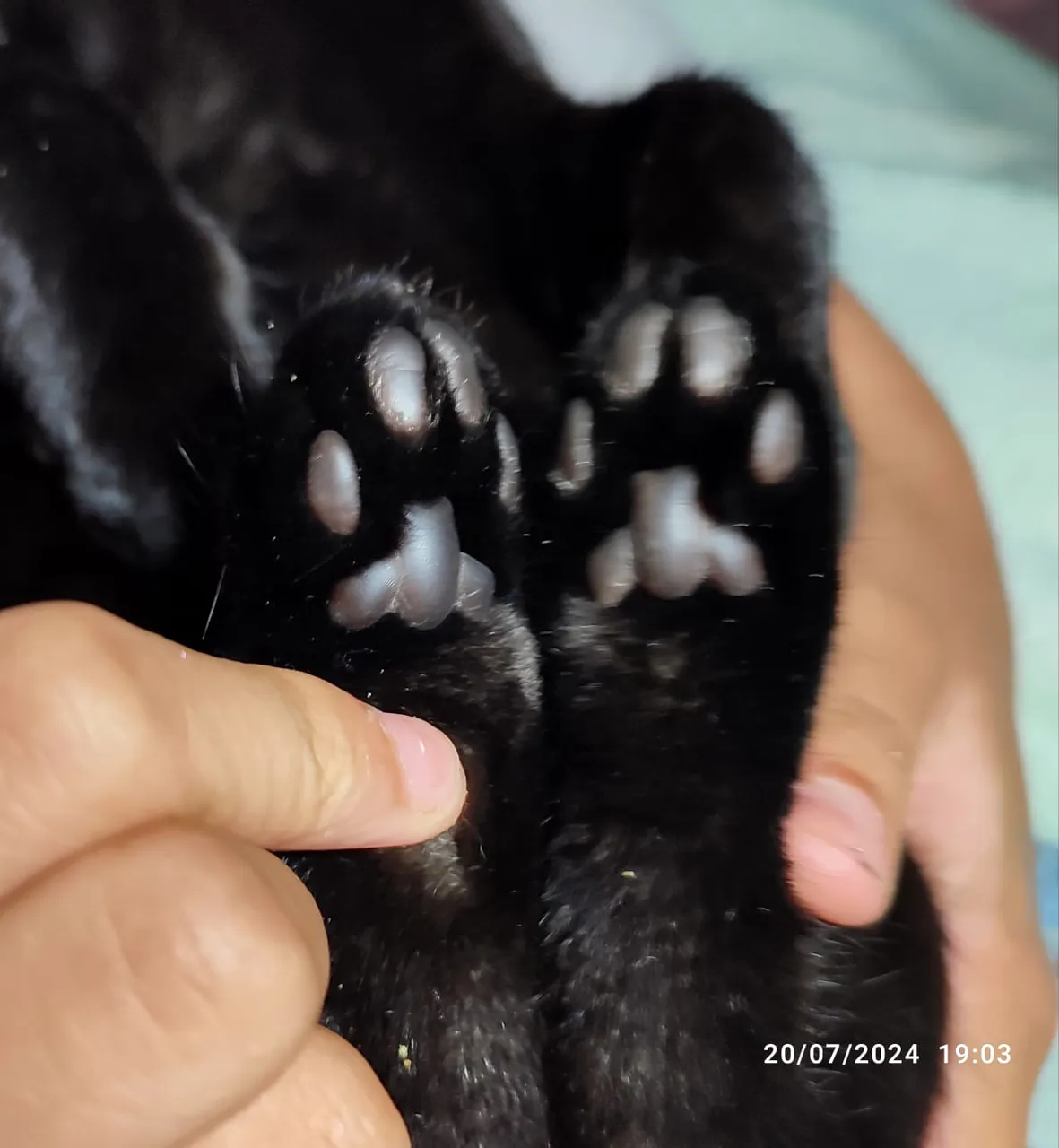
Happy Caturday, everyone.
Mariah 💗
